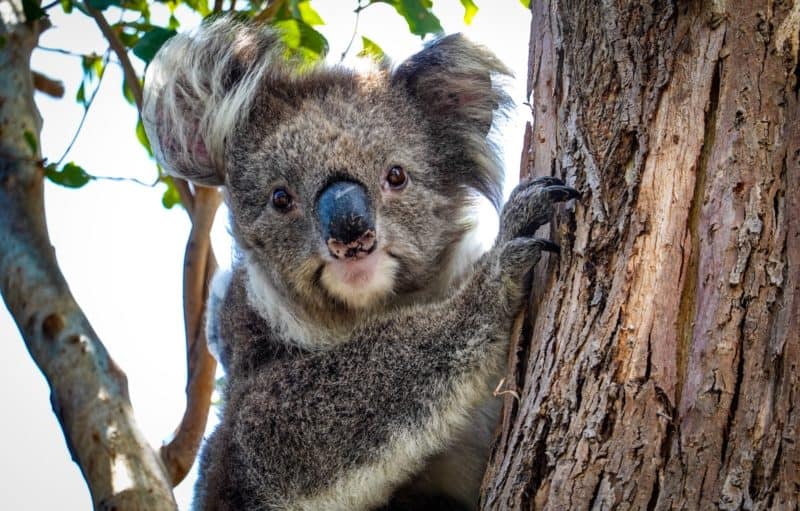MEDIA RELEASE 13 October 2021 |
A highly anticipated and deeply critical report from the Auditor General was tabled today in the Victorian Parliament. The report Protecting Victoria’s Biodiversity provides a caustic assessment of the failure of a plethora of Victorian Government policies and programs designed to stop the decline and halt extinction of Victoria’s unique plants and animals.
Today many of Victoria’s terrestrial plants, birds, reptiles, amphibians and mammals, along with numerous invertebrates and ecological communities, are considered to be at threat of extinction.
“Victoria has a whopping 1,994 species and over 40 communities listed under its threatened species laws – not something to be proud of. We have over 1000 species listed as endangered, such as the Spot-tailed Quoll and Humpback Whale, and over 500 species listed as critically endangered, such as the Leadbeater’s Possum”, says Matt Ruchel, Executive Director of the Victorian National Parks Association.
“This damning report makes it clear that instead of reversing the decline of threatened native plants and wildlife, the Victorian Government is in fact presiding over their demise. Victoria has let at least 81 species go extinct, and more will go unless we take decisive action.“
It is “one of the worst records in the world for a developed nation”, completely unacceptable for a wealthy, developed and progressive state like Victoria.
Significant policy and program failures listed in the Victorian Auditor General’s (VAGO) report include:
- The listing of a failing species under our key threatened species law (the Flora and Fauna Guarantee Act) does not guarantee its protection.
- Tools and information provided under state laws have not been used to protect species, and required ‘Action Statements’ are either missing or out of date.
- Current Victorian funding levels are seriously inadequate to halt the decline in threatened species, especially in the face of climate change and historical and continuing habitat removal.
- Threatened species protection and recovery requires sustained and adequate long-term funding, but currently only gets short term funding.
- The Andrews Government has only funded the lowest cost bid by Government departments even though those bids will not come close to meet targets in the government’s own Biodiversity 2037 Strategy.
- Ecological monitoring and reporting programs focus on the amount of threat management, with very limited monitoring and reporting around actual on-ground changes to threatened species populations.
- Chronic underfunding of private land conservation despite 30 per cent of threatened species found on private land.
The VAGO report soberly notes that with current funding and policy settings our natural heritage and threatened wildlife will continue to erode and become extinct. The report concludes that without funding increases we will inevitably see:
“The continued decline of biodiversity across Victoria, which is forecast to increase with the compounding impacts of climate change [and] the likelihood of many more vulnerable species becoming endangered.” (page 54)
“The Auditor General’s report confirms our worst fears about the state of our natural environment. Unless we see a concerted effort by the government to use these key legislative tools and commit more funding, we can’t reverse this distressing decline in our unique native wildlife and habitats,” said Matt Ruchel, Executive Director of the Victorian National Parks Association.
“Even the biggest biodiversity funding bid by the State environment department, a proposed $269 million over four years (about $67 million per annum), is relatively small and very achievable in the scheme of things. It’s about the same cost as two level crossing removals, and would bring real and lasting benefits for Victoria’s great and irreplaceable natural heritage and likely good for regional jobs.”.
The Victorian National Parks Association is calling on the Andrews Government to commit to:
- A dedicated long term threatened species program for Victoria, of between $200-$300 million which will:
-
- Take action on all available actions under State threatened species laws to protect species in decline
- Improve prioritisation of threatened species for protection
- Enable enhanced and targeted landscape programs to control key threats and facilitate recovery.
- Expanded public funding for land conservation programs including core management funding for Parks Victoria, Community Action, Landcare and expanded Traditional Owner Joint Management on Country.
- New $30 -$50 million for a Land Conservation Revolving fund which “purchase, protect, resells” high conservation private land to be run by the Trust for Nature.
- Strengthen the Wildlife Act to properly protect all native species
